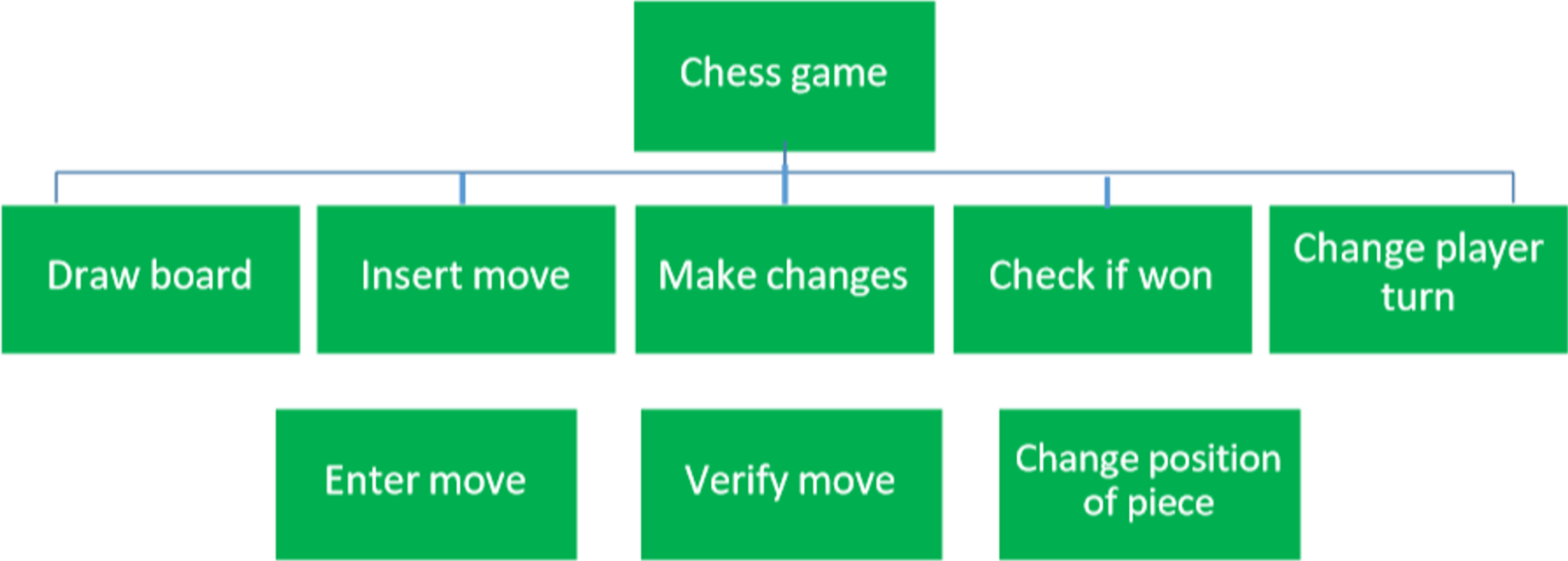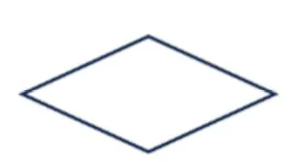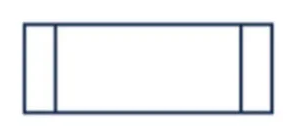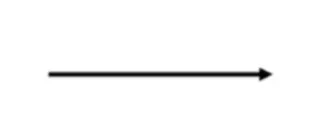Computer science: End of half term 1 test - Comp 2
1/56
Earn XP
Description and Tags
2.1.1 Computational thinking, 2.1.2 Designing, creating and refining algorithms, 2.1.3 Searching and sorting algorithms
Name | Mastery | Learn | Test | Matching | Spaced |
|---|
No study sessions yet.
57 Terms
Algorithm
a set of instructions for solving a problem or completing a talk
Examples of an algorithm
making a cake, building a lego model, getting ready for school
Computer program
a detailed plan/procedure for a computer to carry out
not the same thing as an algorithm - computer programs are written specifically for computers to carry out, while algorithms can be for anything
Abstraction
removing unnecessary detail from a problem so that you can focus on the essentials
Decomposition
breaking down a problem into sections that are easier to manage
allows you to look at a problem in ways that are easier to deal with
How to decompose a problem (4)
you have to look for key tasks & functions
for each task/function ask ‘can you solve it in one go’
if not, break it down into sub-tasks
keep doing this until every task is broken down as much as possible
How to make a hierarchy/structure diagram
at the top write the main task to be completed
branch it off into as many subtasks as you can think of
keep branching those tasks into more layers of smaller sub-tasks until the task is fully broken down

Computational thinking
the use of computers to solve problems
Algorithmic thinking
identifying the steps involved in solving a problem
Variable
a space in memory, given a name and assigned a value that can be changed while a program is running
Initialisation
when a variable is declared and assigned a value
Input
data that is entered by the user
Output
the outcome that is displayed to the user
Selection
changing the flow of the program based on a condition that is met- used to make decisions in a program. made using a if statement
Relational operators
used for comparison of data: > < ≥ ≤ ≠ =
Flowcharts
a graphical way of showing the sequence of instructions to be carried out by a computer program
a form of decomposition because you’re breaking the problem into smaller parts

Curved rectangle meaning in a flowchart
start/end of action
always have to use at start/end of program - all branches have to go to/from the start/end rectangles

Rectangle meaning in a flowchart
process

Diamond meaning in a flowchart (4)
decision
aka an if statement
pose it as a question e.g. is age > 18
two lines coming out of it must be yes/no

Parallelogram meaning in a flowchart
input/output

Double rectangle meaning in flowchart
sub routine
another flowchart inside flowchart

Arrow meaning in flowchart
dataflow - always put between boxes to symbolise flow of data
Pseudocode
a kind of structured english that uses short statements for describing algorithms
2 benefits of pseudocode
allows designer to focus on the logic of an algorithm, not the syntax/language
allows programmers who use different languages to communicate
‘MOD’ (modulo) in pseudocode
gives the remainder of the division of the two numbers (% in python)
‘DIV’ (quotient) in pseudocode
division but just the whole number result without the remainder (// in python)
Variable assignment in pseudocode
variable name ← data to go into the variable
e.g. age ← 16
Asking user to input data for a variable in pseudocode
variable name ← input(text to display to user)
e.g. age ← input(how old are you?)
Constant variable assignment in pseudocode (variable you can’t change)
CONSTANT variable name ← data to go into variable
e.g. CONSTANT pi ← 3.14
If statement in pseudocode
IF conditions of statement THEN
what you want to be done
ELSE
what you want to be done
ENDIF
Print in pseudocode
OUTPUT(what you want to print)
Variable assignment in reference language
name = ‘sophia’
Constant variable in reference language
const pi = 3.14
Input into variable in reference language
name = input(‘enter name’)
output/print in reference language
print (‘hello world’)
comment in reference language
// this program will calculate age
while loop in reference language
while age < 18
print(‘you can’t drive’)
endwhile
If statement in reference language
if answer ‘yes’ then
print(‘correct’)
elseif answer == ‘no’ then
print(‘wrong’)
else
print(‘error’)
endif
logical and/or/not in reference language
AND
OR
NOT
Syntax error
when the language isn’t right so the program can’t run
e.g. not using capital letter, space, colon
Logic error
incorrect code that lets the program run but gives an incorrect output/result that isn’t expected
Dry run
walking through an algorithm with sample data running through each step manually in your head
Dry run steps (4)
read what the algorithm needs to do
draft the steps that should be taking place in note form
trace (read through) each step of computer program
compare what notes show it is meant to do to what program does (compare step 2 & 3)
Trace tables
tables used to test algorithms and programs for logic errors that appear when it executes & accuracy
Trace table example
num = 3
n = 0
while n < 4:
num = num + n
n = n + 1
print(num)
num | n | n < 4? | output |
3 | 0 | true | |
3 | 1 | true | |
4 | 2 | true | |
6 | 3 | true | |
9 | 4 | false | 9 |
Nesting
when a statement/routine is inside another one
Search algorithm
a precise step-by-step instruction that a computer can follow to efficiently locate specific data in big datasets
Binary search (3)
search involving where you keep halving a dataset using the middle value until you find the required value / realise it’s not there
data must be in order
can be done with numbers or words (words in alphabetical order)
Binary search steps (6)
find the middle value of set
compare middle value to the one you’re looking for
if it’s the one you’re looking for, stop
if it’s bigger than the one you’re looking for, get rid of every value bigger than the mid value, creating a new list with only the smaller values
if it’s smaller than the one you’re looking for, get rid of every value smaller than the mid value, creating a new list with only bigger values
repeat with new list until you’ve found the value or you realise it’s not there
Linear search
starts with the first value and checks every value one at a time to see whether it’s the one you’re looking for, can be performed on unordered data
Linear search steps (4)
check the first value
if it’s the one you’re looking for, stop
if it’s not the one you’re looking for, go to the next value
repeat until you have checked all values & not found the value you’re looking for
Sorting algorithms
help organise data in a way that makes it easier & faster to work with
makes data easier to search, read, understand
allows large datasets to be handled efficiently
Sorting
arranging data in a specific order, usually ascending or descending
Emamples of sorting
playlists can be sorted alphabetically, by artist, by genre
online libraries sort books by title, author, publication
online shopping sites sort products by price, rating, popularity
Bubble sort
looks at 2 items in a pair at a time & swaps pairs until the list is sorted
the largest item will always be sorted by pass 1
simple to understand
inefficient for large datasets
Insertion sort
sorts by inserting each element into its correct position in a growing sorted list
compares a element with elements in the sorted list and places it in the right place
efficient for small datasets
can be slow for large lists
Merge sort
divide-and-conquer algorithm that splits the list up, sorts it, and merges it back together
efficient for large datasets
but requires additional memory.